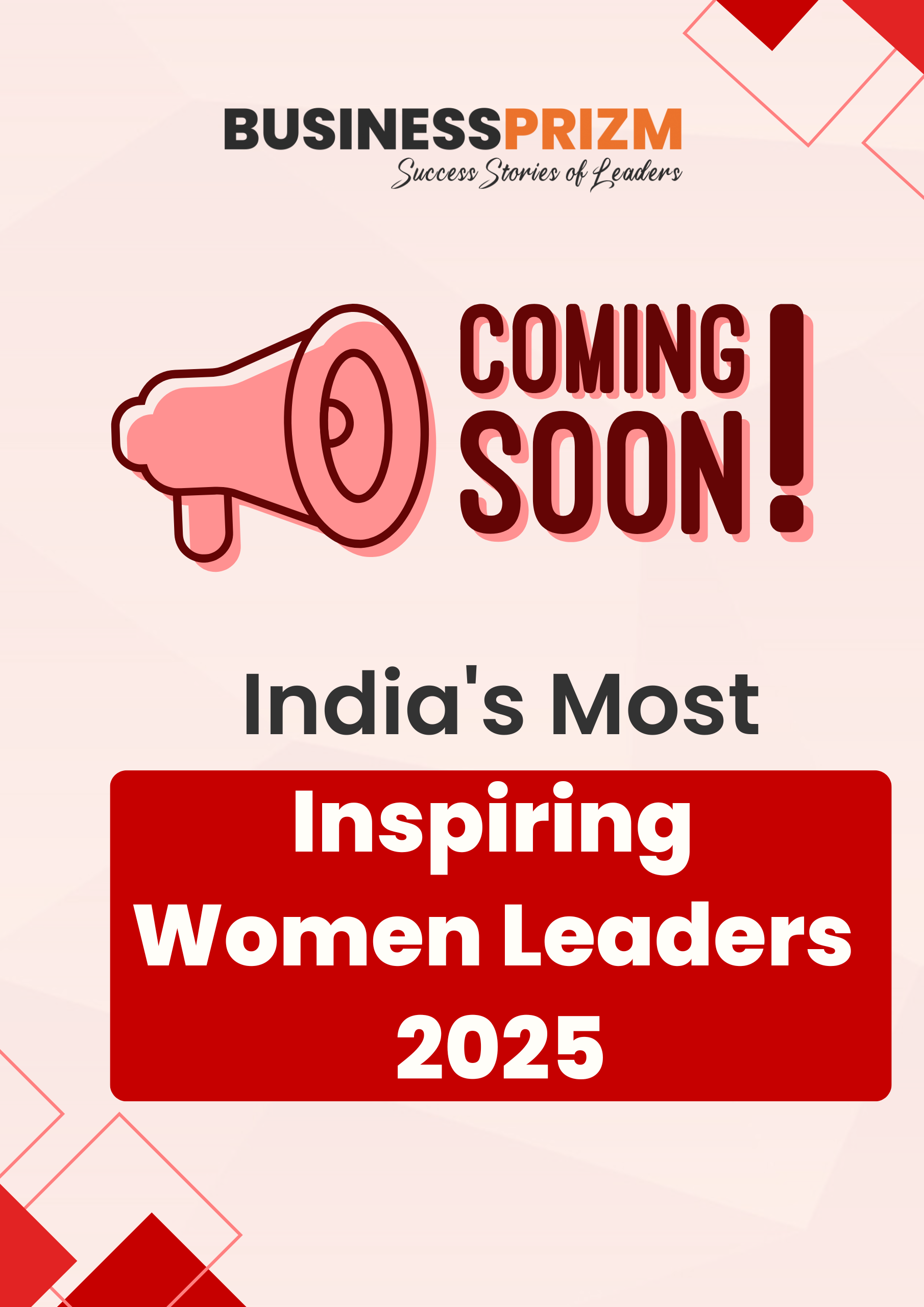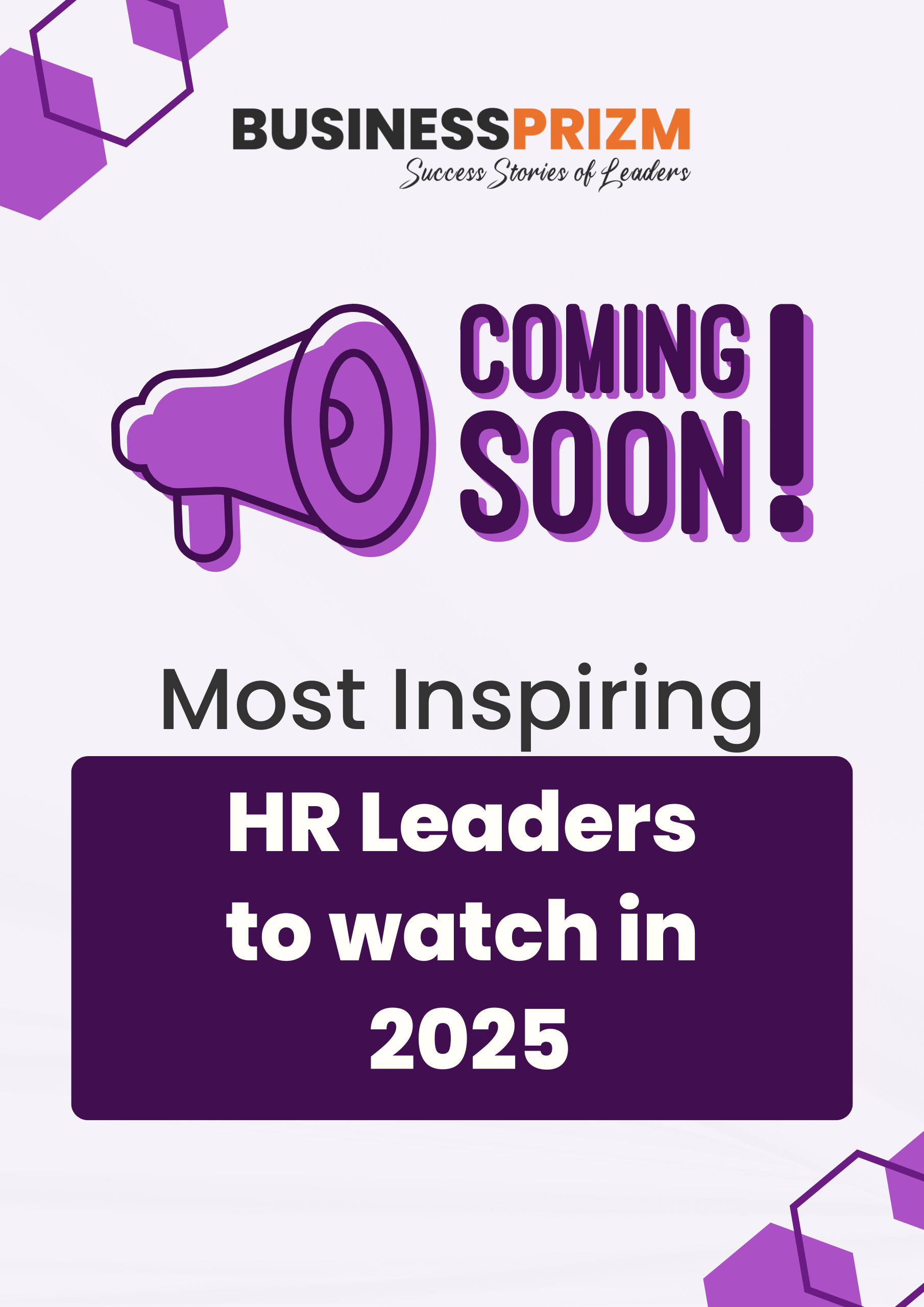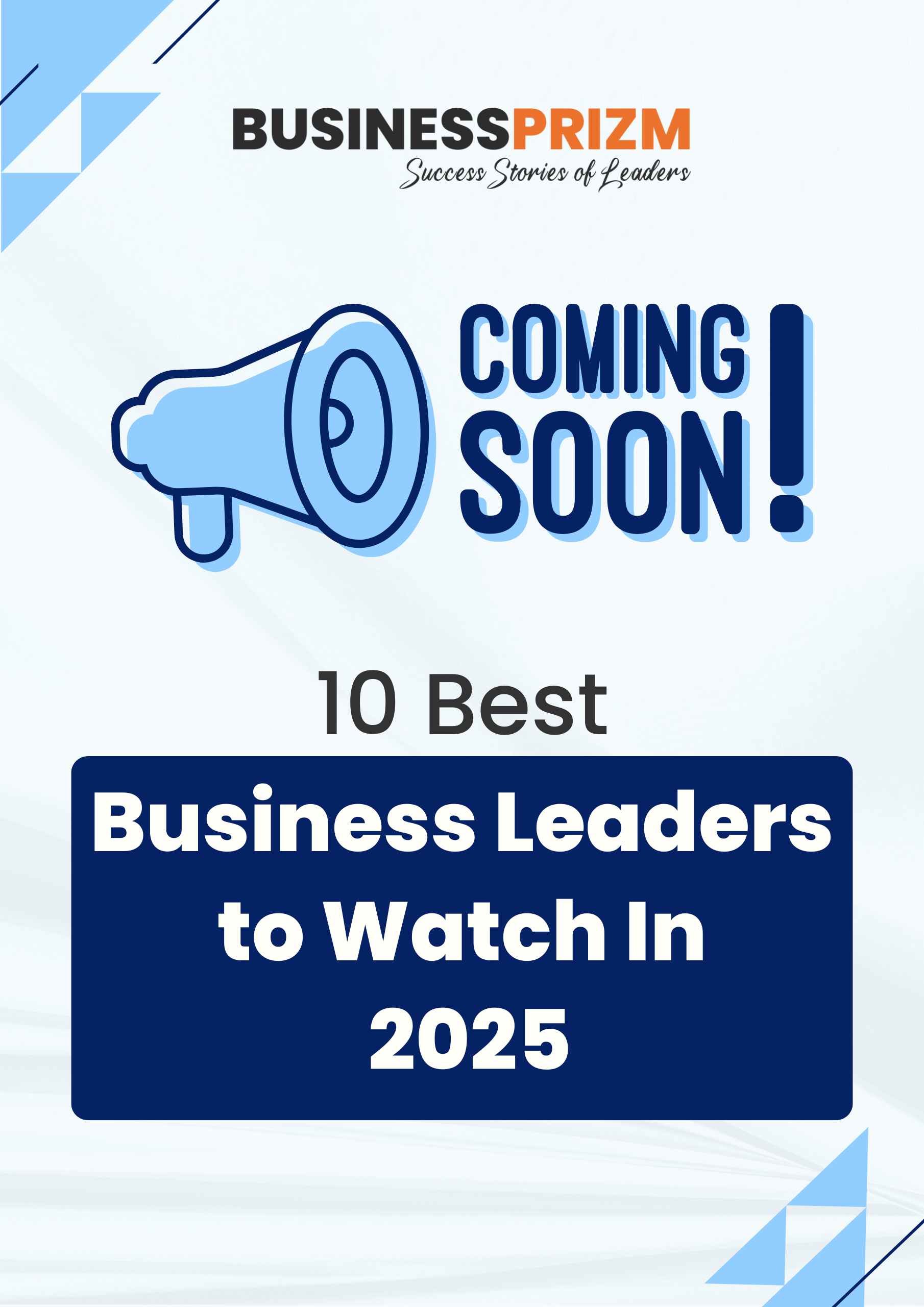Sweety Rath is the Vice President of People Operations at ExtraHop, a cybersecurity solutions company. With a strong background in human resources, she has been pivotal in shaping ExtraHop’s culture and workforce strategy. Her innovative approach leverages advanced technologies and data-driven insights to enhance employee experience and operational efficiency. Sweety’s strategic vision and inclusive leadership have significantly contributed to ExtraHop’s reputation as a forward-thinking, employee-centric organization in the competitive tech industry.
Can you share your journey from being a B Tech Electrical Engineer to a Global VP of Human Resources?
The transition from Engineer to Global HR Vice President is a unique and rewarding path. It began with my growing interest in people management, company culture evolution, and deep interest in talent development especially skills that are objective and shape behaviours. Recognizing the transferrable skills of analytical thinking, problem-solving, and project management from engineering, I actively sought internal opportunities. This included volunteering for HR projects, mentoring new hires and eventually a rotational program in Learning Team. It could not have been a better start than being in the Learning Team and taking baby steps for the HR career I possibly had only dreamt of! Starting in an entry-level HR role showcased my commitment and provided a foundation in core practices. Formal education in HR was something I have pursued strategically throughout my career. It has been in form of degrees, diplomas, certifications etc. which has equipped me to bridge the gap between goals and revenue related business functions. Continuously demonstrating the value of my engineering background in HR – including applying analytical skills to process improvement, problem-solving to navigate complex situations, and project management to lead initiatives – solidified my position in the field. This journey emphasizes the importance of lifelong learning, taking initiative, and leveraging a unique skillset.
Beyond traditional recruiting methods, what innovative strategies do you use to find and engage the best tech talent?
To attract top tech talent, go beyond traditional job boards. Use skill-based matching platforms and tech community engagement for targeted outreach and to showcase your culture. Encourage developers’ opensource contributions to attract collaboration-minded talent. Ensure a positive candidate experience with streamlined, skill-focused interviews and personalized interactions. Highlight growth opportunities, clearly outlining career paths and the role’s significance. Offer flexible work arrangements to demonstrate your commitment to work-life balance. Leverage technology by showcasing your culture and projects on social media, incentivizing employee referrals, and using data-driven recruitment to track and refine strategies for better targeting top talent.
Can you walk us through your approach to navigating stressful situations and making important choices under pressure?
Pressure and stress are workplace realities. My approach prioritizes acknowledging the situation and maintaining a calm demeanour. Recognizing stress allows for clear thinking. Taking charge involves gathering information, identifying options, and prioritizing based on values and potential consequences. Seeking help from trusted colleagues can offer valuable external perspectives. Ultimately, making a decision and taking action, even if the outcome isn’t ideal, provides valuable experience. Building resilience requires selfcare practices and learning from past experiences to navigate future challenges effectively. By acknowledging stress, taking charge, and fostering resilience, you can make sound decisions even under pressure.
What values do you believe are essential for authentic leadership, and how do you embody them in your work?
Authentic leadership hinges on a core set of values that I actively embody in my work. Self-awareness and integrity build trust through transparency. Open communication fosters a safe space for connection. Empathy allows me to understand and connect with my team. Humility means acknowledging limitations and celebrating others’ successes. I lead with courage, guided by a clear purpose that inspires my team. Finally, I believe in continuous learning and development, for myself and my team. This commitment to core values ensures I lead authentically and effectively.
Building a culture of continuous learning is key to success. How do you foster a growth mindset within your team and yourself?
A growth mindset fuels a culture of continuous learning. We can challenge fixed mindsets by reframing self-talk. Instead of “I’m bad at math,” acknowledge the challenge with “This is difficult, but I can learn new strategies.” Adding “yet” to limitations like “I can’t code yet” emphasizes the potential for future growth. A fixed mindset sees talent and challenges as opposing forces. A growth mindset flips this to “AND,” acknowledging both. We can celebrate effort and progress by recognizing those who tackle tough tasks or seek learning opportunities. Normalizing struggle allows your team to view challenges as part of the learning process. Setting ambitious yet achievable stretch goals promote a sense of accomplishment and fosters a culture where growth is embraced and continuous learning becomes the norm.










